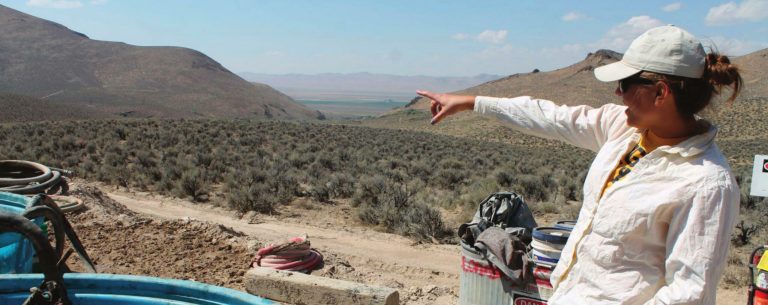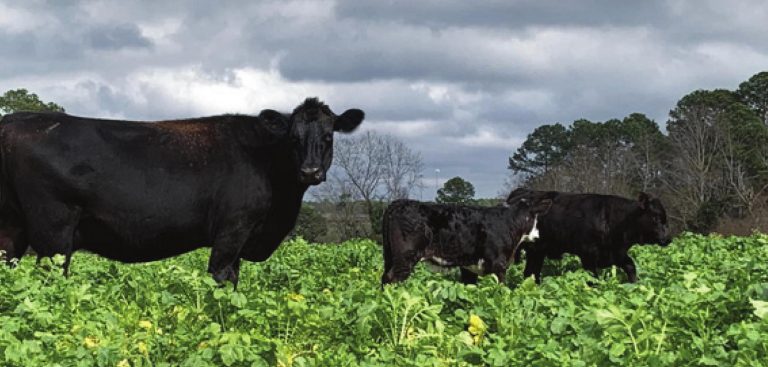Forage brassicas have been used in the U.S. for more than 100 years. The biggest factor affecting the popularity for brassicas as forages in the U.S. may be their suitability as cover crops as well. Many producers are attracted to the idea of improving their soil health while also feeding their livestock. This has led to an increase in brassica seed availability and new varieties. Brassica crops were developed by selective breeding and crossbreeding of a few species into many forms designed for different uses as forages, vegetables, oilseeds, and cover crops. In the U.S., turnips, rape, and kale are old standby forages. Newer additions to this group include swedes (rutabagas), forage collards, mustards, radishes, and a number of interspecies hybrids selected for various traits like the production of high levels of secondary compounds to combat soil pests in crop rotations as cover crops. However, if the primary reason for growing them is for grazing, be sure the variety purchased was developed for that purpose.





